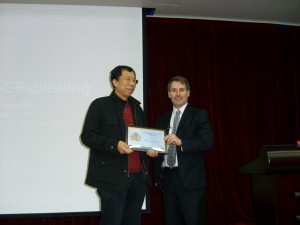
This week Dr James Milne (RSC Publishing) presented a certificate of achievement to our friend Professor Hongjie Zhang, at Changchun Institute of Applied Chemistry.
Our friend Hongjie was recognised for his prolific published research over the last year. RSC has published 17 of Professor Zhang’s papers – making him the most successful author from China during the year and a number of these papers were published in CrystEngComm.
Read Professor Zhang’s excellent work published in CrystEngComm:
Synthesis and luminescent properties of orderly YPO4:Eu3+ olivary architectures self-assembled by nanoflakes
Mei Yang, Hongpeng You, Ning Guo, Yeju Huang, Yuhua Zheng and Hongjie Zhang
CrystEngComm, 2010, 12, 4141-4145
 Hydrothermal synthesis and upconversion photoluminescence properties of lanthanide doped YF3 sub-microflowers
Hydrothermal synthesis and upconversion photoluminescence properties of lanthanide doped YF3 sub-microflowers
Song Wang, Shuyan Song, Ruiping Deng, Hailing Guo, Yongqian Lei, Feng Cao, Xiyan Li, Shengqun Su and Hongjie Zhang
CrystEngComm, 2010, 12, 3537-3541
Facile synthesis and luminescent properties of flower-like LaPO4:Ln3+ (Ln = Ce, Tb) hierarchical architectures
Mei Yang, Hongpeng You, Yeju Huang, Gnuag Jia, Yanhua Song, Ning Guo, Kai Liu, Yuhua Zheng and Hongjie Zhang
CrystEngComm, 2010, 12, 2865-2870
Synthesis and characterization of highly uniform Lu2O3:Ln3+ (Ln = Eu, Er, Yb) luminescent hollow microspheres
Guang Jia, Hongpeng You, Yuhua Zheng, Kai Liu, Ning Guo and Hongjie Zhang
CrystEngComm, 2010, 12, 2943-2948
Direct hydrothermal synthesis of single-crystalline triangular Fe3O4 nanoprisms
Xiyan Li, Zhenjun Si, Yongqian Lei, Jinkui Tang, Song Wang, Shengqun Su, Shuyan Song, Lijun Zhao and Hongjie Zhang
CrystEngComm, 2010, 12, 2060-2063

Facile synthesis of Y4O(OH)9NO3:Eu3+/Y2O3:Eu3+ nanotubes and nanobundles from nanolamellar precursors
Yuhua Zheng, Hongpeng You, Guang Jia, Kai Liu, Yanhua Song, Mei Yang, Yeju Huang and Hongjie Zhang
CrystEngComm, 2010, 12, 585-590
Dr Milne and Dr Daping Zhang’s (RSC Publishing Editor) are on a tour of China where they will visit seven universities/institutes and four companies in Beijing, Changchun, Shanghai and Xiamen.













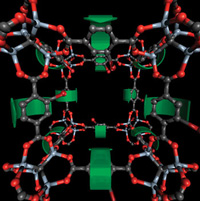

 Hydrothermal synthesis and upconversion photoluminescence properties of lanthanide doped YF3 sub-microflowers
Hydrothermal synthesis and upconversion photoluminescence properties of lanthanide doped YF3 sub-microflowers
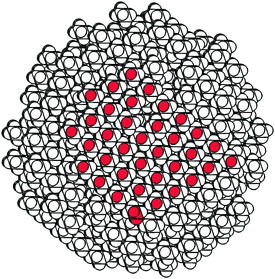
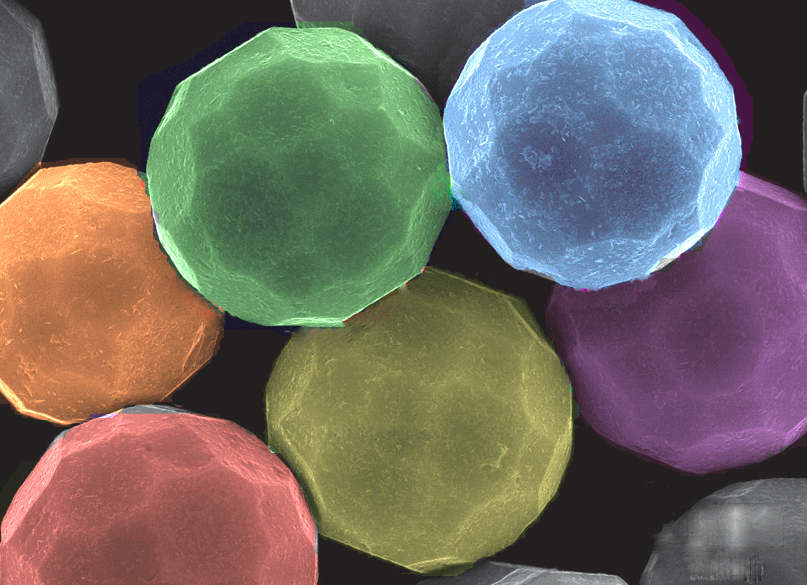


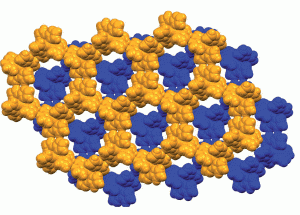

 In this
In this